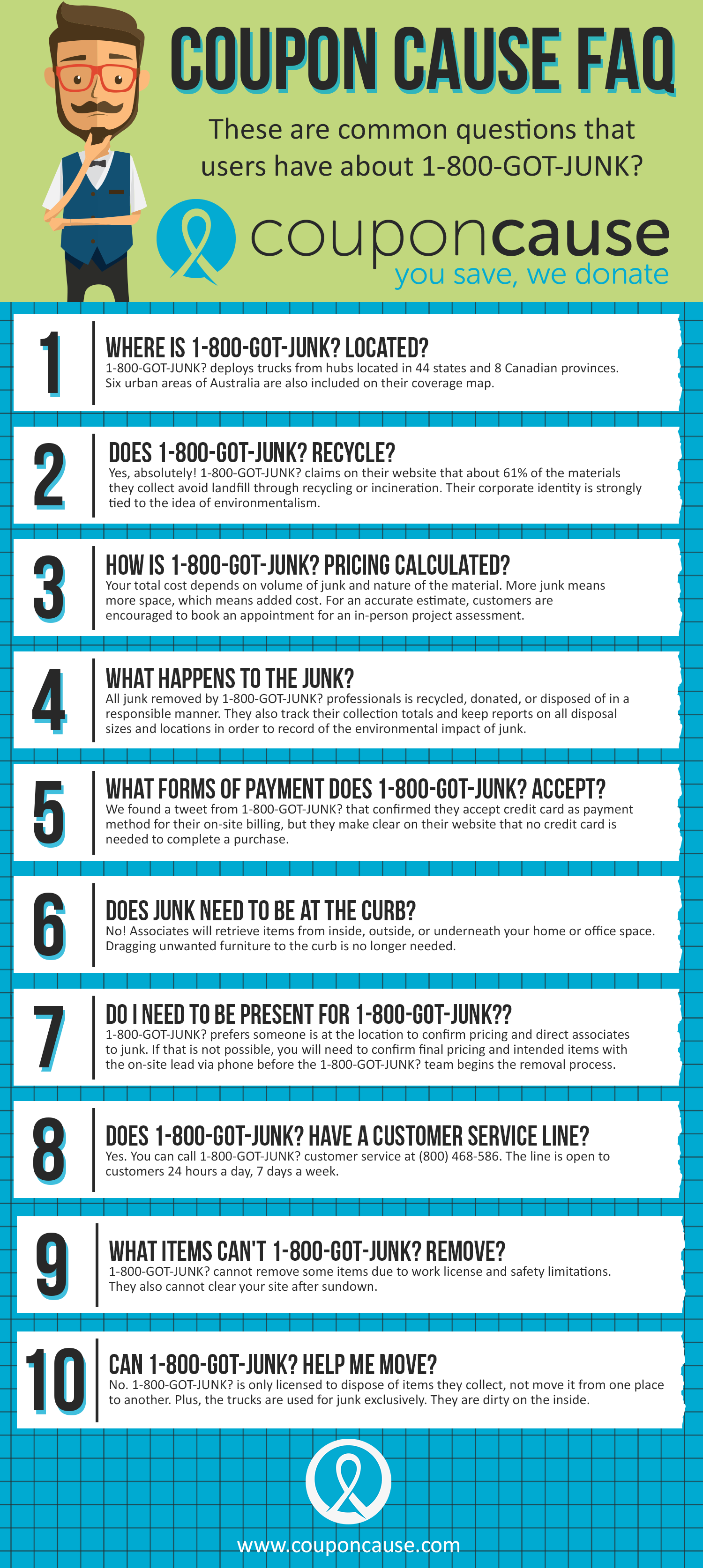Remain Sharp For Frequent Pitfalls When Leasing A Dumpster That Could Disrupt Your Task
Remain Sharp For Frequent Pitfalls When Leasing A Dumpster That Could Disrupt Your Task
Blog Article
Material Create By-Delaney Nicolaisen
When leasing a dumpster, you have to avoid common blunders that can bring about unneeded problems and costs. Picking the wrong size or straining the dumpster are pitfalls that can disrupt your job and cost you greater than anticipated. Furthermore, ignoring policies on prohibited things can have major consequences. By staying clear of these mistakes, you can guarantee a seamless rental process and make the most out of your dumpster experience. However there's another essential element to think about that can make or break your rental success.
Incorrect Size Choice
When renting a dumpster, among the most common blunders to stay clear of is choosing the incorrect dimension. It's essential to examine your requirements precisely to guarantee you select a dumpster that can accommodate all your waste. Opting for a size that's too little may cause overflow, extra charges, or the demand to lease an additional dumpster.
On the other hand, selecting a size that's also huge can bring about squandered money on extra room. To avoid this blunder, very carefully approximate the amount of particles you'll have and discuss your job details with the rental company. rental dumpster prices can supply advice on the appropriate dimension based upon your requirements.
Straining the Dumpster
To make sure a smooth garbage disposal process when renting a dumpster, it's critical to be mindful of straining the container. why not find out more can lead to a range of concerns that may not only aggravation you yet also result in added fees or hold-ups in waste removal.
When you go beyond the weight limit or fill the dumpster past its ability, it comes to be challenging for the rental business to securely transport and empty it. This can present security risks to the vehicle drivers and others when traveling.
In addition, overwhelming can trigger damage to your residential property or the area where the dumpster is placed. Too much weight can put pressure on surface areas like driveways or car park, resulting in fractures or imprints.
It can additionally lead to debris spilling out throughout transport, developing a mess and potentially causing injury to the atmosphere.
Violating Prohibited Products
Staying clear of overloading the dumpster is simply one element of liable garbage disposal; however, another critical aspect to think about is adhering to the listing of forbidden products. Breaching the limitations on what can and can not be taken care of in the dumpster can result in severe repercussions.
Harmful materials such as batteries, chemicals, paints, and oils are typically banned from dumpsters because of ecological issues. These items can infect soil and water sources if not dealt with effectively. In addition, appliances, electronic devices, tires, and mattresses are often limited due to their size and the specialized reusing procedures they require.
Breaking these regulations can result in fines, fines, and also hold-ups in your waste elimination procedure. It's essential to very carefully examine the list of banned items supplied by your dumpster rental firm and make different plans for taking care of them. By complying with these standards, you can ensure a smooth and certified waste disposal experience while avoiding unnecessary complications.
Conclusion
In conclusion, avoiding common blunders when leasing a dumpster, such as choosing the wrong dimension, straining it, or violating restricted things, is essential for an effective rental experience. By properly assessing your demands, complying with weight limitations, and adhering to disposal guidelines, you can ensure a smooth and easy process. Bear in mind to connect properly with the rental business to address any type of problems and ensure a positive outcome for your task.
